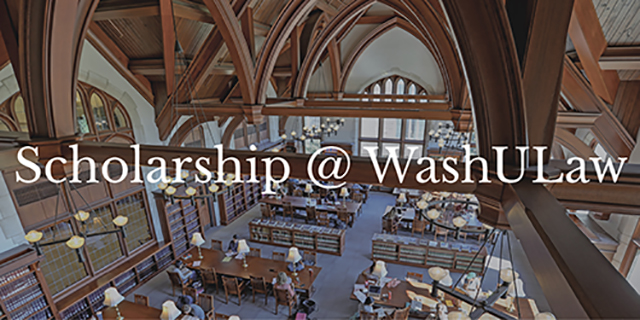
Scholarship@WashULaw
Document Type
Article
Publication Date
2005
Publication Title
University of Cincinnati Law Review
Abstract
The discharge in bankruptcy embodies the policy that relief should be granted to an individual who has ceased to be economically productive by virtue of burdensome debt obligations (the fresh start policy). Once the debtor has been deemed eligible for discharge, forgiveness of debt is automatic, accomplished through legislative rule and its judicial enforcement. With regard to the discharge of educational debt, however, Congress has devolved the exercise of debt relief to courts. An obligation to repay such debt will be discharged if a debtor establishes that undue hardship would be suffered in the absence of its discharge. A court must therefore wrestle to define the boundaries of the fresh start policy as it decides whether a debtor's circumstances warrant forgiveness of educational debt. Commentators and reformers have criticized both the law itself, for granting educational debt conditionally dischargeable status in the first instance, and its application, arguing that the standard has been interpreted too narrowly by courts. The literature, however, has yet to analyze systematically—with the purpose of ascertaining whether such criticism is warranted—the decision-making process of bankruptcy judges who make undue hardship determinations. This Article undertakes such an analysis and provides an empirical account of undue hardship discharge determinations made by bankruptcy courts and documented in issued opinions.
The information gathered in this study illustrates that debtors who have sought relief from educational debt have done so under conditions evincing financial distress. This portrait starkly contrasts with the image of an opportunistic debtor seeking to avoid repayment of student loans on the eve of a lucrative career, a stereotype stylized by courts on the basis of what they have deemed to have been Congress's intent when it made educational debt conditionally dischargeable. After portraying the class of individual that has been subject to the law, the Article examines how the law has functioned in its application. One might expect that, in separating the group of debtors in this study by legal outcome (i.e., grant of discharge and denial of discharge), significant differences would reveal themselves with respect to certain demographic and financial characteristics. After all, it is factual circumstances that give content to the law. Contrary to that expectation, however, the data reveal few statistically significant differences between the two groups. Instead, legal outcome is best explained by differing judicial perceptions of how the same standard applies to similarly situated debtors. This Article concludes that the law governing the discharge of educational debt, by virtue of its application, has been uniform only in form and not in substance, and it prescribes a reorientation of the undue hardship standard that comports with the structure of the Bankruptcy Code and that better effectuates uniformity in the implementation of debtor relief.
Keywords
Bankruptcy, Discharge, Education, Higher Education, Educational Debt, Student Loans
Publication Citation
Rafael I. Pardo & Michelle R. Lacey, Undue Hardship in the Bankruptcy Courts: An Empirical Assessment of the Discharge of Educational Debt, 74 U. Cin. L. Rev. 405 (2005)
Repository Citation
Pardo, Rafael I. and Lacey, Michelle R., "Undue Hardship in the Bankruptcy Courts: An Empirical Assessment of the Discharge of Educational Debt" (2005). Scholarship@WashULaw. 345.
https://openscholarship.wustl.edu/law_scholarship/345

